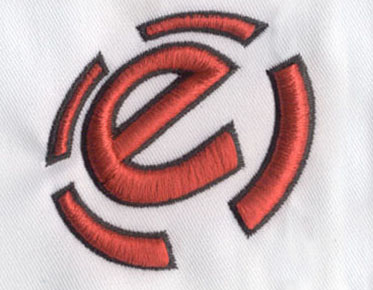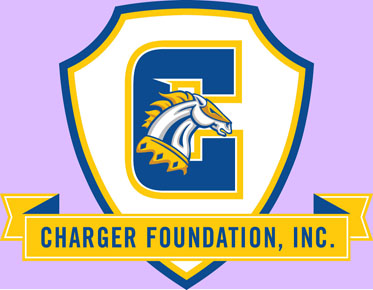How Embroidery Digitizing Handles Color Gradients
Embroidery digitizing is a technological
evolution in the embroidery industry that allows for high precision and
intricate designs to be embroidered seamlessly. While it offers many
advantages, handling color gradients and shading is one of the significant
challenges that it faces. However, proficient embroidery digitizing services have developed ways to overcome
these challenges, creating stunning results.
Understanding the Challenge
Embroidery digitizing is quite different from graphic design. Unlike ink, threads cannot be mixed or blended, and small halftone dots that trick the eye cannot be rendered. When it comes to color gradients and shading, the challenge lies in creating the illusion of colors that are not present in the pigments. This illusion is achieved through the careful arrangement of colored objects, their proximity to each other, and how they relate to others around them.
Artwork Analysis for Embroidery Digitizing
Before digitization for embroidery begins, the artwork needs to be carefully analyzed. The
angle of gradient stitching generally follows a single stitch angle. Thread
colors are selected, considering the tones and undertones in the original
artwork. The area to be embroidered is divided evenly according to the number
of steps needed for the color blend, and guidelines are drawn for the edges of
these steps. This pre-digitization analysis is crucial to achieving a smooth
gradient and shading in the final embroidery product.
Digitizing Techniques
There are several digitizing techniques used
to handle color gradients in embroidery digitizing.
Building Fills: This method involves
overlapping multiple layers of light-density fill to achieve a target density.
Colors are interchanged and top layers are allowed to 'sink in' to those below
to achieve the proper color ratio and coverage. This method can sometimes lead
to stepped or brick-like patterns when stitch penetrations align, so
adjustments may be necessary to achieve a pleasing texture.
Manual Digitizing: This method involves plotting stitches individually for the smoothest possible transitions, making it ideal for tight, multicolor blends. With manual digitizing, a fill can be created while varying density throughout by using sub-steps between the ratios described above. This method requires extra time in digitizing but makes for more efficient stitching and a cleaner edge in blended areas.
Balancing Quality and Efficiency
While intricate embroidery digitization techniques can create stunning gradients
and shading, they can be time-consuming and therefore not cost-effective for
large areas or small-quantity runs. However, for critical customers who demand
a multicolor gradient on light garments, knowing how to execute the least
dense, smoothest gradient with full coverage is a skill that will set an
embroidery digitizing service apart. The unique finish adds value to the final
product, justifying the investment in time and effort.
In conclusion, custom embroidery digitizing services have to creatively navigate
the challenges of handling color gradients and shading. Through careful
analysis of artwork and the application of various digitizing techniques, these
services can deliver embroidery products with stunning color gradients and
shading.



